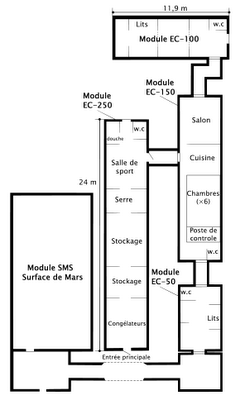The third and final Mars500 crew wrapped up their Rock Star tour, and can finally take a well-deserved holiday. On the heels of their release and medical checks, the cooped-up crusaders participated in lectures, press conferences and even a Tweetup Event in Italy.
Armed with all this data, talk of another Mars500 mission is already underway – this time to be conducted in low Earth orbit on the International Space Station!

Europe, China, Russia in the Mars500
Initial Project Reports highlighted the many useful aspects of their findings: Isolation hurts. DEDICATED individuals rise to the challenges -- but wherever we go, we take our religions and our basic human nature with us. Cultures clash. Jealousies arise. People get punchy and goofy. Holidays and birthdays matter. Palatable food is crucial.
The experiments and protocols yield vital clues and rules to how we will craft exacting psychological selection procedures for a true Mars mission crew, and how that must be a global effort.
We'll know more about who gets along and why, what technical talents they will need, and what talents need to be redundant across all crew members in case any are lost.

More realistic conditions, but much less room!
The first three Mars500 projects were simulations on planet Earth, done in a facility that evolved over time to contain everything a spaceship to the Red Planet would require, and also a mock-up of Martian terrain. The longest sim then tested physiological responses to confinement, decision making capabilities of a team when Mission Control could not provide instantaneous responses due to distance, psychological ramifications of emotional dynamics in seclusion, plus sleep disorder and metabolism monitoring during the lack of sunlight for more than 2 years.
Many scientists underscored weaknesses in the simulation: normal Earth gravity, the lack of genuine danger, and undemanding conditions – in other words, the men knew they could leave at any time. However, it was a testament to their commitment that even when they experienced rough patches, none left.

Look Ma, no gravity
Obviously, the ISS will introduce many of the facets that simply cannot be replicated on Earth, but in a more confined environment with fewer protocols. However, I still hope they pull it off with cooperation from the other ISS participant countries!
For history on the Mars 500 projects, you can review past posts as I followed them since March of 2009 or also check out the ESA website, which features diary entries and photographs of all the crew members.


































































